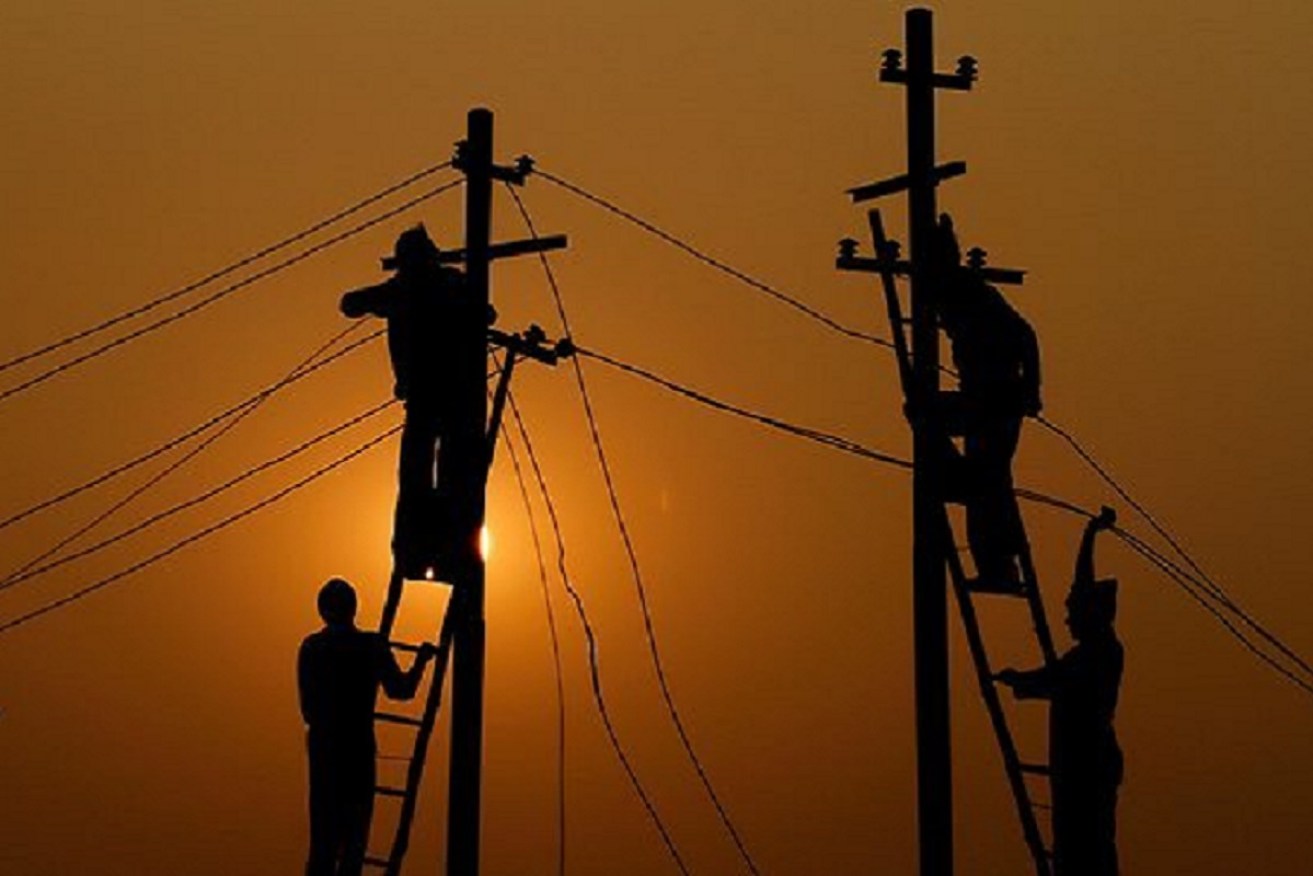What will we do when lights go out? Energy agency warns of looming ‘reliability gaps’
New generation, transmission lines and energy storage are needed to keep the lights on in homes and businesses as ageing coal power plants shut down.

Queensland power prices will jump by twice the amount prodicted in the recent Federal budget. (AAP image).
But Energy Minister Chris Bowen has reassured Australians work is being done to ensure blackouts are not a future inevitability.
In a national electricity market update released on Tuesday, the Australian Energy Market Operator warned the reliability of the electricity grid was in doubt over the next 10 years without new investments – including gas.
AEMO chief executive Daniel Westerman said timely investment in the grid was needed as Australia ended traditional dependency on coal-fired generation and faced delays on some major projects.
Previously forecast short-term reliability gaps in South Australia and Victoria have been filled by new gas, wind and battery developments, along with a delay to the retirement of a gas generator, the report found.
But mainland states in the national electricity market are forecast to breach the reliability standard from 2027 onwards, with at least five coal-fired power stations – totalling 13 per cent of the market’s capacity – expected to retire.
Bowen said the operator was not suggesting Australians should expect blackouts in future but there was “much more work” to be done to close gaps in the system.
“This task is very significant, of course it is, but the progress we’ve made so far I’m pleased with (but) not yet satisfied with because we have a lot more to do,” he told ABC Radio National.
“This transition to renewable energy needs to be faster than it has been over the last decade, much faster and much more orderly and reliable.”
Bowen said work to legislate emissions reductions targets and invest in renewable energy projects such as wind farms was already making a difference.
He was confident future updates from AEMO would show the reliability gap closing.
Climate Council senior researcher Dr Carl Tidemann said the latest report showed clean energy was making a difference to ensure reliable electricity supply.
“The way we use energy has already changed and we need an electricity system that meets our needs today as well as those well into the future,” he said.
Tidemann said further government support was needed to rapidly roll out more renewable storage and electricity grid infrastructure to progress Australia’s clean energy transition.
Projects that could reduce the reliability gap include Transgrid’s 360km HumeLink to connect Wagga Wagga, Bannaby and Maragle and increase the amount of renewable energy that can be sent across NSW.
The Hunter Transmission Project, Marinus Link, other transmission projects, battery developments in various states and Victoria’s offshore wind plans may also reduce the forecast reliability risk, according to the report.
Proposed generation and storage projects would triple existing generation capacity, with large-scale solar, wind and batteries accounting for 86 per cent.












